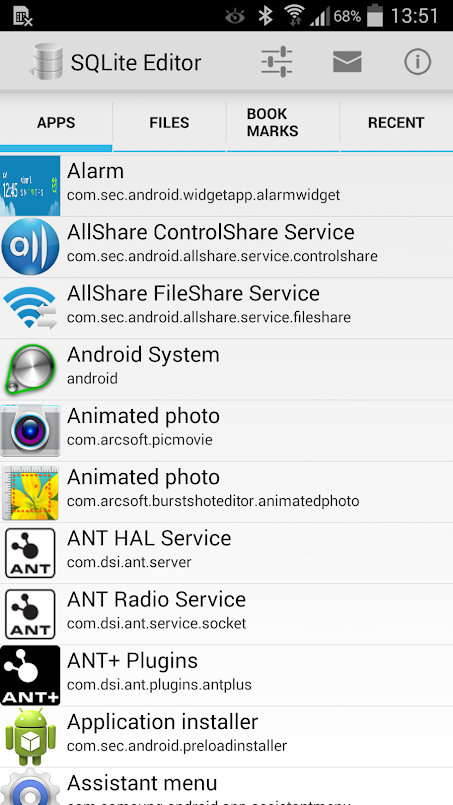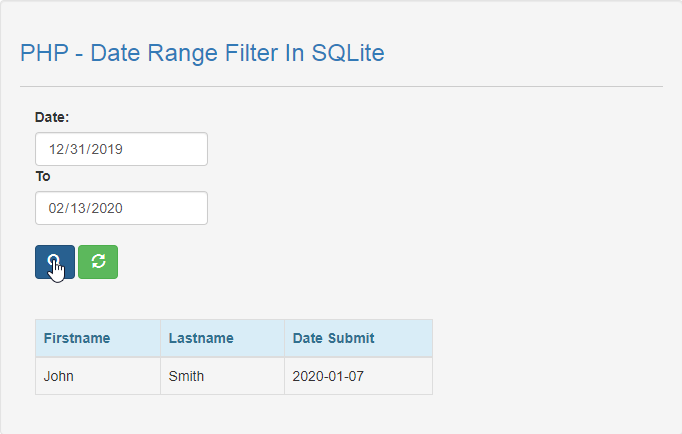

UNQLite, a Document oriented database was announced to develop. The datetime() function returns the date and time as text in their same formats: YYYY-MM-DD HH:MM:SS.UNQl interface to SQLite DB was announced to add.Released SQLite 1.0 with GNU database manager. Being a very lightweight database management system, it was named SQLite. No administration was required for operating a program in SQLite. Richard Hipp, SQLite was first released in August 2000. Result: datetime('now') strftime('%Y-%m-%d %H:%M:%S', 'now')Īs with all SQLite date and time functions, datetime() only works for dates between 00:00:-12-31 23:59:59 (julian day numbers 1721059.5 through 5373484.5).įor dates outside that range, the results are undefined.Designed by D. The datetime() function is just a more convenient way to do it. The datetime() function returns exactly the same result that strftime('%Y-%m-%d %H:%M:%S'. Result: 23:58:57 datetime() vs strftime() The time string you provide needs to adhere to one of the valid formats in the above table. This time string represents the date/time that you’re trying to format or perform the operation on. Format 12 might also be interpreted as a unix timestamp if it is immediately followed either the 'auto' or 'unixepoch' modifier. When using any of the SQLite date and time functions, you need to provide a time string. SQLite is included in all cell devices and most laptops, as well as a slew of other programs that consumers need daily. The most widely used DBMS is SQLite within programmers. Julian day numberexpressed as an integer or floating point value. SQLite is a C-language package that provides a packed SQL database engine that is tiny, quick, conscience, and elevated. Here’s an example that uses the Julian Day as the time string. The 'now' argument to date and time functions always returns exactly the Universal Coordinated Time (UTC)is used. If only the time part is supplied, then the date is set to.

If you provide just the date part, the time part will be set to all zeros. The above examples use now as the time string, but you can provide any valid time string.

Here it is again comparing the original local time with the modified result: SELECTĭatetime('now', '+3 hours', 'localtime') AS "Modified" Therefore, you may get a different result, depending on your local time. It then adjusts the time string so that it displays local time. The reason it does this is because the localtime modifier assumes the time string provided is in Universal Coordinated Time (UTC). In my case, the localtime modifier resulted in the time being moved forward.
#SQLITE DATETIME DRIVER#
The SQLite driver may also be the Jet Engine which is what is really giving the issue. With Excel it is the driver either Jet Engine or ACE that does the conversion. It is like Excel using General formatting which attempts to automatically recognize data types. SELECT datetime('now', '+3 hours', 'localtime') SQLListe may not have a datetime but the driver may be converting to a datetime. Here’s an example of adding another modifier to the previous example. Multiple ModifiersĪs mentioned, you can add one or more modifiers. Given the original time, this also resulted in the date being moved forward to the next day. In this case, I added three hours to the time. We can modify the previous result by using a modifier. The now time string is converted into the current date and time. Here’s an example to demonstrate the datetime() function being used with one argument. If you provide a modifier, it must be a valid modifier. Reference describes the classes and functions this module defines.
#SQLITE DATETIME HOW TO#
Tutorial teaches how to use the sqlite3 module. It provides an SQL interface compliant with the DB-API 2.0 specification described by PEP 249, and requires SQLite 3.7.15 or newer. The timestring argument must be a valid time string. The sqlite3 module was written by Gerhard Hring. The strftime() function is the most versatile function of the five. They also accept other arguments for modifying/formatting the output. These are: date() time() datetime() julianday() strftime() All of these functions accept a time string as an argument. The syntax goes like this: datetime(timestring, modifier, modifier. SQLite supports five functions for working with dates and times. A modifier allows you to change the date, such as add a number of days, set it to local time, etc Syntax
#SQLITE DATETIME PLUS#
To use this function, you need to provide a time string, plus any (optional) modifiers. It returns the date in this format: YYYY-MM-DD HH:MM:SS The SQLite datetime() function enables you to return a date and time value based on a time string and any modifiers.


 0 kommentar(er)
0 kommentar(er)
